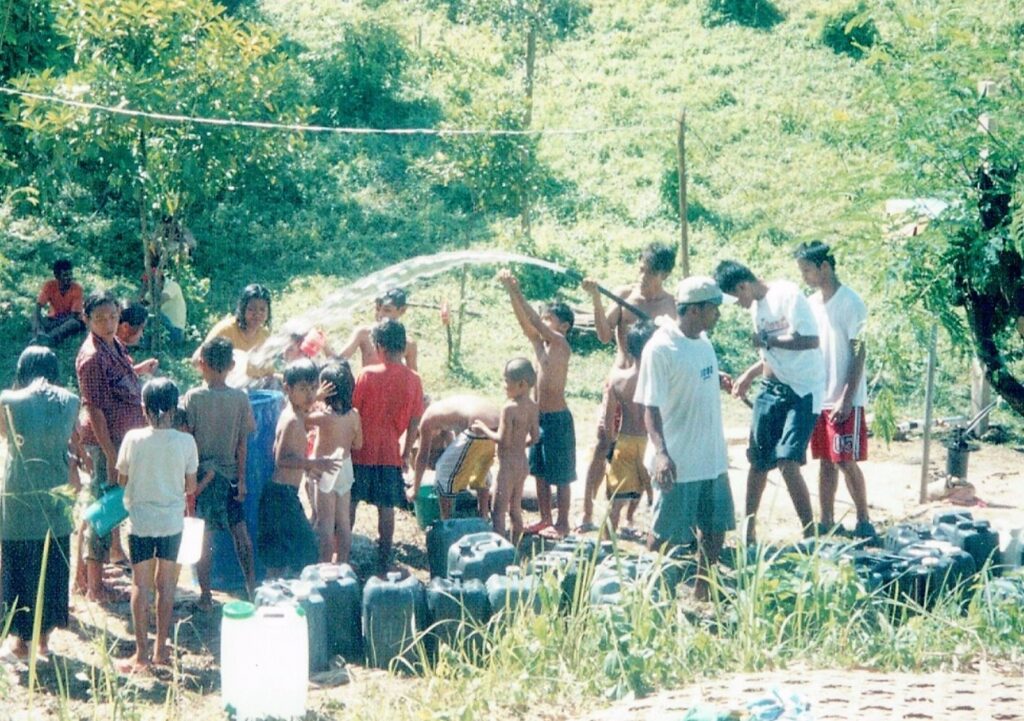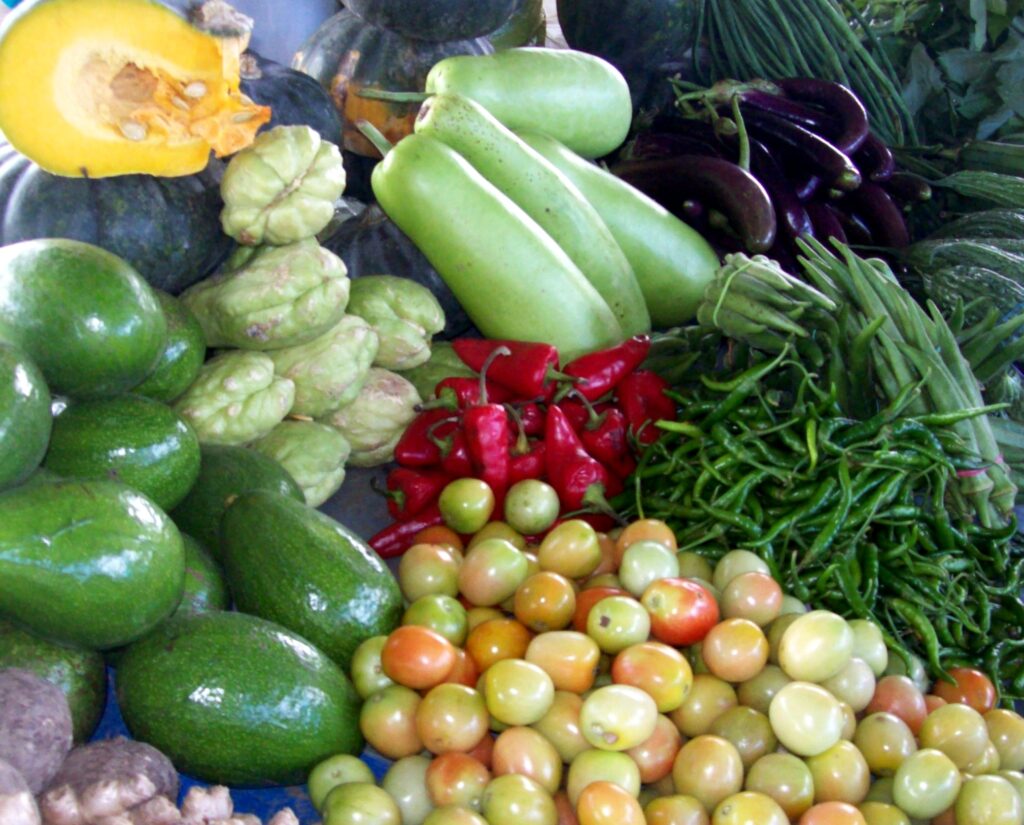JUNE 7: World Food Safety Day
Text and Photos by Henrylito D. Tacio
It’s not enough that the international community must work together to end hunger, it has also to ensure that the food being taken by consumers is safe.
It is for this reason that the World Health Organization (WHO), together with the Food and Agriculture Organization (FAO) , has launched the World Food Safety Day in 2019.
“Food safety is a shared responsibility between governments, producers and consumers,” the United Nations health agency said in a statement. “Everybody has a role to play from farm to table to ensure the food we consume is safe and will not cause damage to our health.”

This year, the three UN agencies – WHO, FAO and United Nations Environment Program (UNEP) – collaborate to draw attention and inspire action to help prevent, detect and manage foodborne risks, contributing to food security, human health, economic prosperity, agriculture, market access, tourism and sustainable development.
The 2021 theme is “Safe food today for a healthy tomorrow.” “The production and consumption of safe food has immediate and long-term benefits for people, the planet and the economy,” the WHO explains.
“Recognizing the systemic connections between the health of people, animals, plants, the environment and the economy will help us meet the needs of the future,” the WHO adds.
In its website, the WHO lists five calls to action. These are:
Ensure it’s safe: Government must ensure safe and nutritious food for all.
Grow it safe: Agriculture and food producers need to adopt good practices.
Keep it safe: Business operators must make sure food is safe.
Know what’s safe: Consumers need to learn about safe and healthy food.
Team up for food safety: Work together for safe food and good health.
“Access to sufficient amounts of safe and nutritious food is key to a sustaining life and promoting good health,” the WHO said.
Foodborne illnesses are usually infectious or toxic in nature and caused by bacteria, viruses, parasites or chemical substances entering the body through contaminated food or water.
Foodborne pathogens can cause severe diarrhea or debilitating infections including meningitis. A rare infection, meningitis is an inflammation of the fluid and membrane surrounding the brain and spinal cord. The swelling from meningitis typically triggers signs and symptoms such as headache, fever and stiff neck.

Chemical contamination, WHO says, can lead to acute poisoning or long-term diseases, such as cancer. Examples of unsafe food include uncooked foods of animal origin, fruits and vegetables contaminated with feces, and raw shellfish containing marine biotoxins.
Salmonella, Campylobacter, and Enterohemorrhagic Escherichia coli are among the most common foodborne pathogens that affect millions of people annually – sometimes with severe and fatal outcomes.
Examples of food involved in outbreaks of salmonellosis are eggs, poultry and other products of animal origin. Foodborne cases with Campylobacter are mainly caused by raw milk, raw or undercooked poultry and drinking water. Enterohemorrhagic Escherichia coli is associated with unpasteurized milk, undercooked meat and fresh fruits and vegetables.
Infection with Listeria, found in unpasteurized dairy products and various ready-to-eat foods, leads to miscarriage in pregnant women or death of newborn babies.
Vibrio cholerae infects people through contaminated water or food. Rice, vegetables, millet gruel and various types of seafood have been implicated in cholera outbreaks.

Some parasites, such as fish-borne trematodes, are only transmitted through food. Others, for example tapeworms like Echinococcus spp. or Taenia solium, may infect people through food or direct contact with animals.
“Unsafe food poses global health threats, endangering everyone,” the WHO admits. “Infants, young children, pregnant women, the elderly and those with an underlying illness are particularly vulnerable.”
According to the WHO, an estimated 600 million – almost one in 10 people in the world – fall ill after eating contaminated food and 420,000 die every year, resulting in the loss of 33 million healthy life years.
Each year, some US$110 billion is lost in productivity and medical expenses resulting from unsafe food in low- and middle-income countries.
Every year, 220 million children contract diarrheal diseases and 96,000 die. Unsafe food creates a vicious cycle of diarrhea and malnutrition, threatening the nutritional status of the most vulnerable.
Food can become contaminated at any point of production and distribution, and the primary responsibility lies with food producers. Yet, a large proportion of foodborne disease incidents are caused by foods improperly prepared or mishandled at home, in food service establishments or at markets.
“Not all food handlers and consumers understand the roles they must play, such as adopting basic hygienic practices when buying, selling and preparing food to protect their health and that of the wider community,” the WHO says.
Among the benefits of safe food for people, according to the WHO, include the following: better health and nutrition, increased school attendance and improved earning potential.
Production of safe food benefits the planet, including reducing food loss and waste. For the economy, the benefits of safe food are: higher productivity, flourishing food markets, stable food exports and trade, and lower medical expenses.

